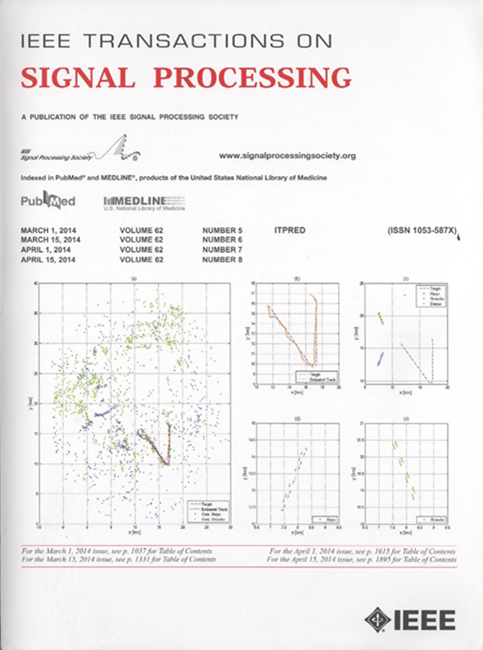Communication-Efficient Vertical Federated Learning via Compressed Error Feedback
IF 4.6
2区 工程技术
Q1 ENGINEERING, ELECTRICAL & ELECTRONIC
引用次数: 0
Abstract
Communication overhead is a known bottleneck in federated learning (FL). To address this, lossy compression is commonly used on the information communicated between the server and clients during training. In horizontal FL, where each client holds a subset of the samples, such communication-compressed training methods have recently seen significant progress. However, in their vertical FL counterparts, where each client holds a subset of the features, our understanding remains limited. To address this, we propose an error feedback compressed vertical federated learning (基于压缩误差反馈的高效通信垂直联邦学习
通信开销是联邦学习(FL)中一个已知的瓶颈。为了解决这个问题,在训练期间,通常对服务器和客户端之间通信的信息使用有损压缩。在水平FL中,每个客户端持有样本的子集,这种通信压缩训练方法最近取得了重大进展。然而,在他们的垂直FL对应物中,每个客户都拥有特征的子集,我们的理解仍然有限。为了解决这个问题,我们提出了一种误差反馈压缩垂直联邦学习(EF-VFL)方法来训练分裂神经网络。相对于以前的垂直FL的通信压缩方法,EF-VFL不需要一个消失的压缩误差梯度范数收敛到零的光滑非凸问题。通过利用错误反馈,我们的方法可以在足够大的批大小下实现$\mathcal{O}({1}/{T})$的收敛率,提高了最先进的$\mathcal{O}({1}/{\sqrt{T}})$压缩错误下的$\mathcal{O}({1}/{\sqrt{T}})$的收敛率,并与未压缩方法的速率相匹配。进一步,当目标函数满足Polyak-Łojasiewicz不等式时,我们的方法线性收敛。除了提高收敛性外,我们的方法还支持使用私有标签。数值实验表明,与现有技术相比,EF-VFL有了明显的改善,证实了我们的理论结果。
本文章由计算机程序翻译,如有差异,请以英文原文为准。
求助全文
约1分钟内获得全文
求助全文
来源期刊

IEEE Transactions on Signal Processing
工程技术-工程:电子与电气
CiteScore
11.20
自引率
9.30%
发文量
310
审稿时长
3.0 months
期刊介绍:
The IEEE Transactions on Signal Processing covers novel theory, algorithms, performance analyses and applications of techniques for the processing, understanding, learning, retrieval, mining, and extraction of information from signals. The term “signal” includes, among others, audio, video, speech, image, communication, geophysical, sonar, radar, medical and musical signals. Examples of topics of interest include, but are not limited to, information processing and the theory and application of filtering, coding, transmitting, estimating, detecting, analyzing, recognizing, synthesizing, recording, and reproducing signals.
 求助内容:
求助内容: 应助结果提醒方式:
应助结果提醒方式:


